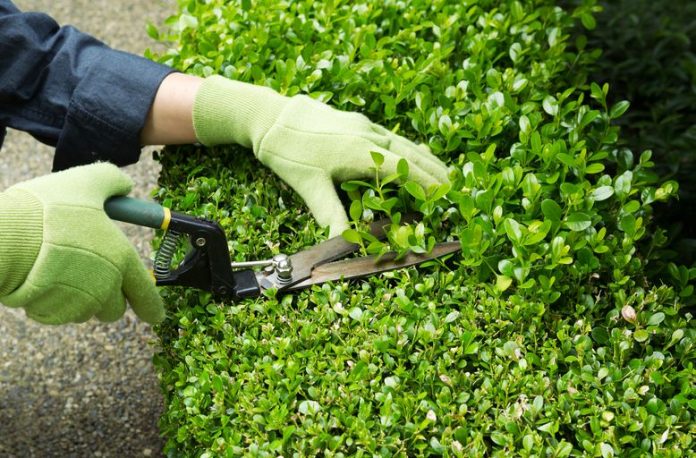We’ve all met those passionate gardeners who are otherwise devoted to their gardens, but who can’t stand the thought of pruning their plants.
Yet, the art of how to prune your plants is a crucial one if your garden is to thrive, so even if you abhor the chore, you just have to go through with it.
We hope this article will help you somewhat when it comes to pruning your plants and help you shake off some of that lethargy.
To begin with, and despite what the gardening manuals say, there are just three things that you need when pruning your plants: a pair of secateurs, loppers, and pruning saws.
When you buy the secateurs, make sure they are comfortable in your hands and not too pricey.
Similarly, with loppers, which are in reality secateurs attached to long arms, don’t buy them if you think they are too heavy.
Whichever secateurs and loppers you use, however, make sure they are clean and sharp. That way, not only do you not pass pant diseases around, but you also get the pruning done quickly and efficiently.
Before proceeding further, it would perhaps be as well if we discuss why we need to prune our plants.
One reason is obviously the need to keep our gardens neat, but pruning also helps plants grow faster, eliminates dead or diseased parts, and keeps the plant clean and healthy.
However, not all plants need equal amounts of pruning. However, most shrubs and flowering plants benefit greatly from regular annual pruning.
Most pruning should be done in late spring or early summer because this is the time when most plants have flowered fully and are therefore at least risk of losing their potential blooms to the pruning shears.
However, if you have a plant flowering later in the year, then you can prune in late winter or early spring because the plant will most likely flower in spring and summer.
Now, we come to the question of exactly how to prune a plant. The thumb rule is to cut back a stem or branch to just above a quarter-inch of a leaf joint or bud because that is where the new stem grows from.
Also, make sure that the cut is at a slight angle away from the bud in order to prevent rainwater from draining into the new growth.
However, if there is a pair of buds opposite each other on the stem, cut straight across.
These, then, were the basics of pruning your plants. A lot of avid gardeners among you may have suffered because you are not sure how to prune your plants, but we hope this article has helped you get a start on this tricky business.
Remember, a well-pruned garden speaks for itself, and besides, it’s not like you have to do it every day. Once or twice a year depending on the plant is enough. Surely that can’t be so tough a task!

